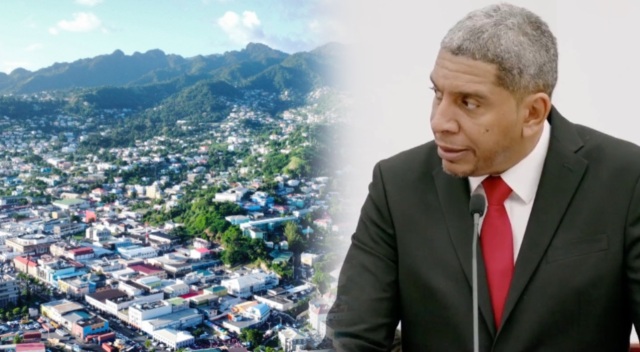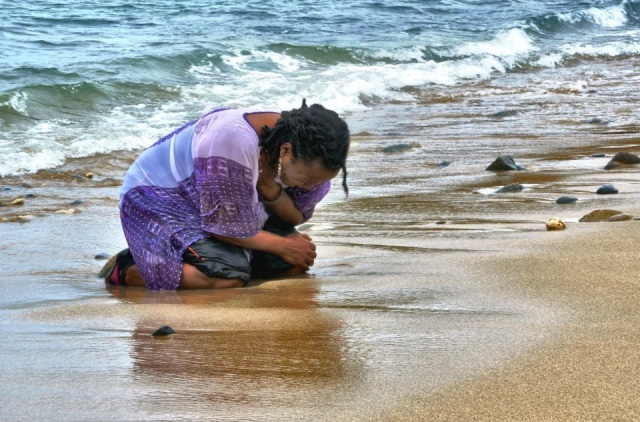



By Admin. Updated 3:39 p.m., Monday, January 13, 2025, Atlantic Standard Time (GMT-4).
What if you were told that there is a hybrid race created in St. Vincent with influences from Barbados? Would you believe?
Well, that is the Genesis of the Garifuna story, according to some historians, and due to British colonisation and genocide, many members of the hybrid race were exiled to Roatan and then spread to Belize, Honduras, Nicaragua, and other Central American countries.
See – Once a site of horror, a tiny Caribbean Island could become a Garifuna shine.
The popular theory is that Africans who escaped slavery in Barbados fled to St. Vincent and interbred with native Amerindians called Kalinago. This created the Garifuna people also known as the Black Caribs.
Some historians believe that Africans were in St. Vincent before slavery. Such claims, however, have not been regarded as seminal in academia.
While other British, French, and Spanish colonies in the Caribbean had slavery well-established and entrenched in their societies, St. Vincent was still a free/neutral territory because of resistance mounted by the Indigenous people. As it relates to British colonisation of St. Vincent, formidable alliances between the French and the native people kept British ambitions at bay until the Treaty of Versailles in 1783, which cemented British control.
The resistance, the wars, and the genocide

Prior to that, all through the 1600s and 1700s, the Caribs successfully fought against the colonisation of St. Vincent. Major wars were fought leading to the signing of a deal between the Garifuna and the British, one of the rarest occurrences during conquest and settlement in the Western Hemisphere.
The British Empire states that 1722 was the first time a serious effort at colonization was made, “but the French insisted on the maintenance of neutrality, and this was confirmed by the treaty of Aix-la-Chapehle (1748). In 1762, however, General Monckton captured the island; the treaty of Paris in 1763 confirmed the British possession, and settlement proceeded in spite of the refusal of the Caribs to admit British sovereignty.”
In 1763, the British began constructing Fort Charlotte with the cannons pointed inland, a bizarre spectacle when compared to the design of forts in other former colonies.
“Recourse was had to arms, and in 1773 a treaty was concluded with them, when they were granted lands in the north of the island as a reserve,” the website says, referring to the Caribs. The resistance effort was led by Paramount Chief Joseph Chatoyer.
“In 1779, the island was surrendered to the French, but it was restored to Britain by the treaty of Versailles (1783). In 1795 the Caribs rose, assisted by the French, and were only put down after considerable fighting by Sir Ralph Abercromby in 1796, after which the majority of them were deported,” the website said.

This forced deportation, referred to the exile of the Garifuna people to Baliceaux, a minuscule and barren Island in the Northern Grenadines (south of mainland St. Vincent) is regarded as one of the most abhorrent acts of genocide against Indigenous people. More than 5,000 people were exiled and left for dead on the sun-scorched island with little to no freshwater reserves. Half of them died after about two years. Those who survived were exiled to the other end of the Caribbean Sea. In those Central American countries, the Garifuna were able to preserve several elements of their culture and language and are assisting the cultural preservation efforts of the Garifuna Heritage Foundation in St. Vincent and the Grenadines (SVG).
Today, the island of Baliceaux stands as a centerpiece in the ongoing global debate on the call for reparations for slavery and native genocide in the Caribbean, and many people in CARICOM, including in Barbados, St. Vincent, and Belize are at the forefront of those calls. Thousands of the descendants of the exiled Garifuna are also calling for Baliceaux to be a shrine.
Here is a link to an article published by the Guardian in the UK about that movement: https://www.theguardian.com/world/2025/jan/13/garifuna-baliceaux-island-st-vincent


Related News
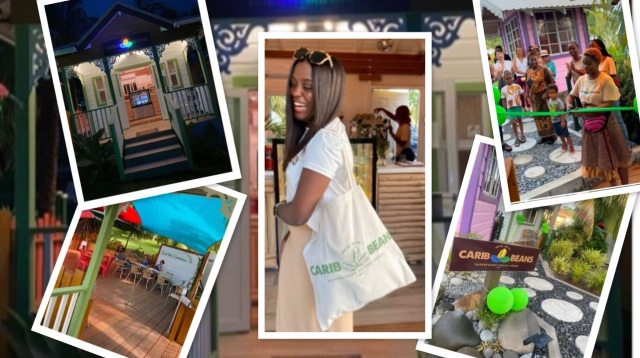
Carib-Beans Superfoods Coffee House expands into 2nd location
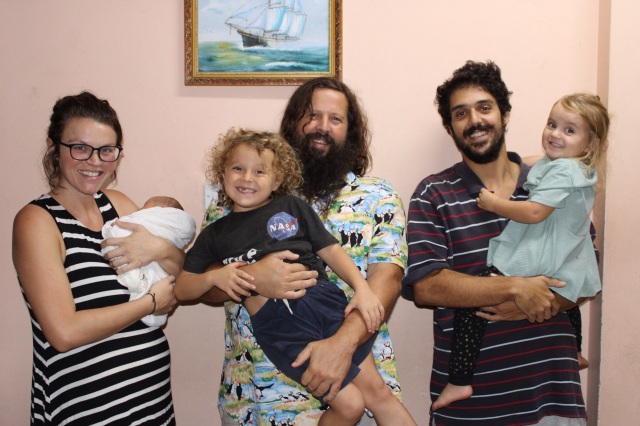
American couple gives SVG first baby of 2025 at MCMH
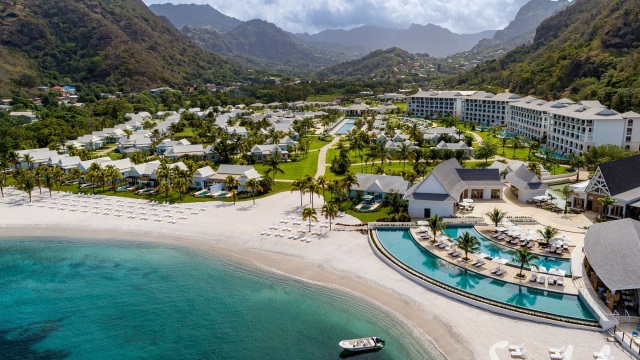
Sandals wins USA Today’s 2025 Best All-Inclusive Caribbean Resorts
